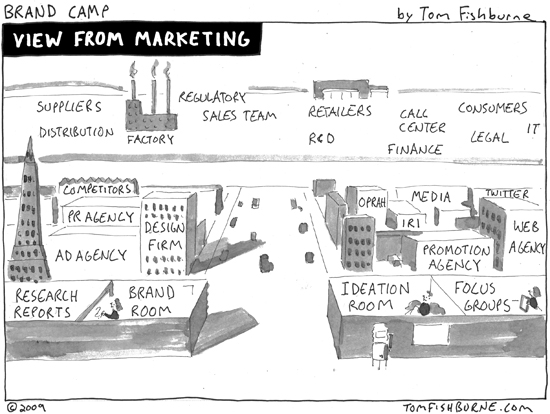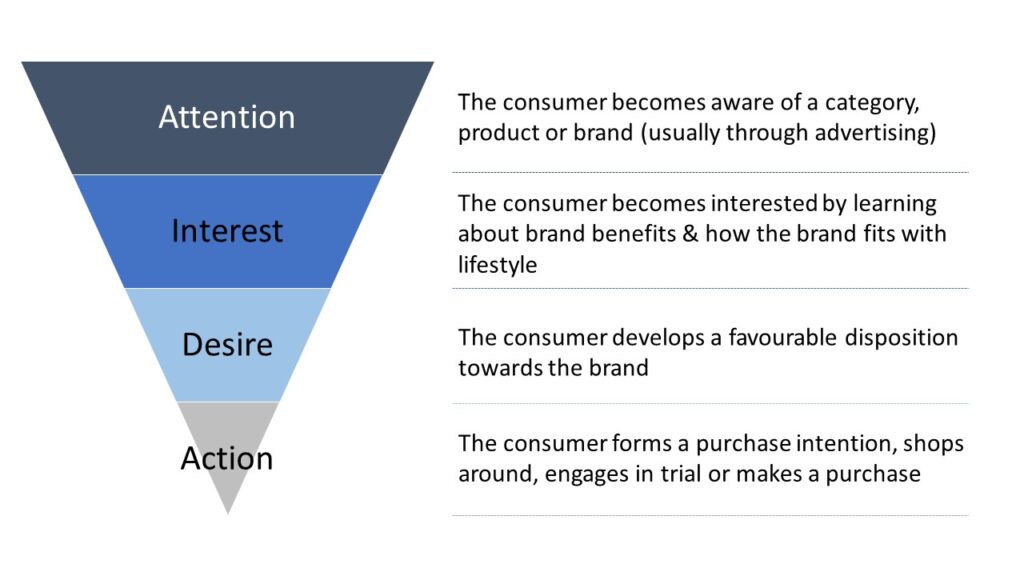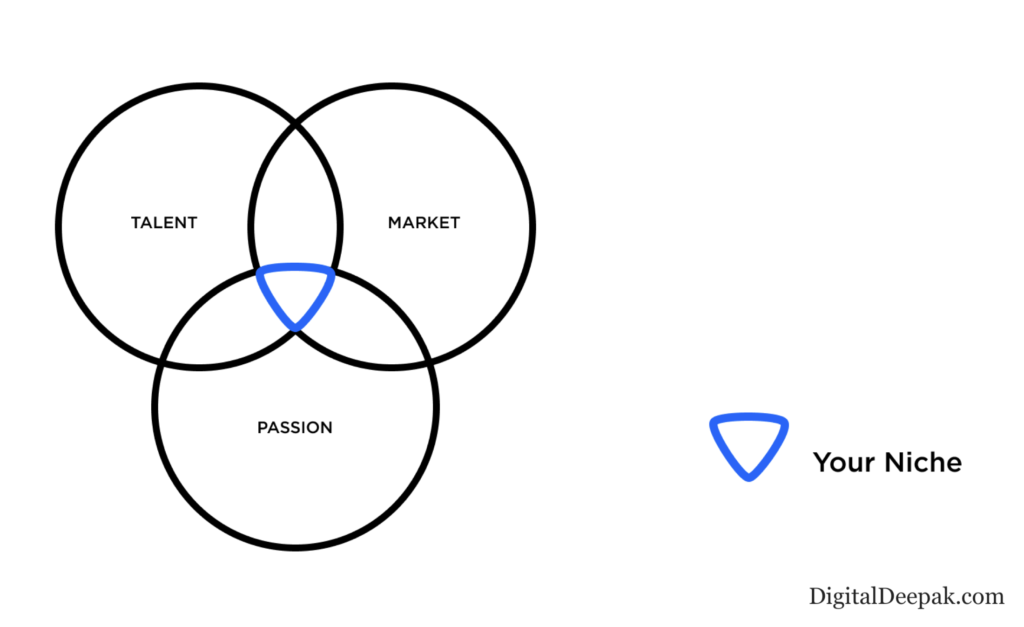Marketing moves from traditional to digital
What is the difference between Traditional and Digital Marketing?
How is Marketing Funnel in Digital marketing?
What is Integrated Digital Marketing?
Personal branding in the context of Digital marketing… A brief overview
This article will be useful for bloggers, professionals, freelancers, mentors and entrepreneurs

Why marketing is important?
In a grocery retail store, we have various products.
The store sells products in attractive packaging with the brand names mentioned on it and also unbranded products.
Branded products catch our attention while we ignore unbranded products.
People remember the brand name, packaging, colour, logo, etc of the branded product. These become the visual identifiers of the product.
The brand/company advertisement in newspaper / TV increases awareness about the brand. The communication of the product features and benefit enables creating a perception in your mind.
If the brand meets our needs and suits us, we purchase the brand again & again.
Branding also leads to Word of mouth discussions.
A store person may suggest a particular brand or friends/colleagues may suggest brands they use.
Also, advertisements and promotions by celebrities influenced trials. This leads to consumers evaluating and trying new brands.
Branding creates brand identity and this leads to brand differentiation.
The activities related to branding, brand communication, promotion, consumer engagement, etc that lead to purchase are all part of marketing.
7 P’s of Marketing
Marketing gurus have defined the components of marketing and over the period of time, there have been additions to these in line with the changing marketing strategies.
Nowadays, marketing strategy comprises of 7 Ps. These are:
1. Product:
Marketing starts before creating a product.
The customers’ unmet needs are ascertained and conceptualized.
Concept test leads to product design.
After the products are developed these are evaluated.
Product improvement is a continuous activity based on known practices and consumer feedback.
2. Price:
Pricing is dependent upon numerous factors — Estimated sales volume, expenses (input cost, administrative cost, supply chain cost, etc.), profits, competitive product cost, etc.
Only if the consumers find the value they will purchase.
3. Promotion:
Advertising (Print, TV, digital, social, etc), Instore promotion, offers, selling, etc are constituents of promotion.
4. Place:
There are various avenues for selling products & services — Retail network, direct selling, telemarketing, using a catalog, exhibitions/trade events, e-commerce, etc.
Based on the category & product, companies select the most suitable medium/channel.
5. Packaging
The visual appeal created by the product or service is called packaging.
For product — it is external packaging to increase attractiveness, handling convenience, message/product information, product identification, branding elements, etc.
For service — Clothing, appearance, professional behavior, branding elements, etc. of the company representative
6. Positioning
Positioning comprises of identifying the core purchasers through segmentation — Geographic, Demographic, Psychographic, Behavioural, etc
7. People
These include various persons involved in marketing & sales of the brand.
Marketers use various marketing research tools and methodologies (qualitative and quantitative) to understand and measure the marketing effort
Definition of Marketing
Various management gurus have defined marketing in their own way.
Peter Drucker
“The aim of marketing is to know and understand the customer so well the product or service fits him and sells itself… The aim of marketing is to make selling superfluous.”
Philip Kotler, an American marketing, author and consultant defines marketing as:
“The science and art of exploring, creating, and delivering value to satisfy the needs of a target market at a profit.
Marketing identifies unfulfilled needs and desires. It defines, measures and quantifies the size of the identified market and the profit potential. It pinpoints which segments the company is capable of serving best and it designs and promotes the appropriate products and services”

Is marketing a science or Art?
Marketing is a synthesis of both.
It involves measuring the marketing effort and invest in avenues that create better returns on spends. Hence it is a science.
Marketing is an Art as marketing efforts try to understand the nuances of human behaviour.
Understanding the difference between marketing and sales
Sales focus is on personal interaction.
They engage with customers and the efforts are towards convincing customers to buy the product and close the purchase.
Marketing involves activities that create consumer pull through various marketing efforts, facilitate the decision-making process, and lead to a natural product/service purchase.
Sales are short-term with a focus on selling products/stock in hand.
Marketing is more forward-looking and works on a long-term plan.
Sales form a part of the marketing strategy. Sales suffer if there is no / limited support from the marketing team.
Traditional vs Digital marketing
Traditional Marketing
Use mass media and targeted medium are examples of traditional marketing.
Examples of popular mas media and targeted marketing are:
- Broadcasting (TV, Radio, etc)
- Print (Newspaper, magazines, etc)
- Outdoor (Billboard, bus / taxi boards / warps, posters, etc)
- Telemarketing (Text message, phone, etc)
- Direct mail
Traditional marketing has a large reach
# TV penetration in India is ~ 64% in India(Source: BARC 2018)
# Radio has a reach of ~ 65% in India (Source: Financial Express)
# Newspaper has a reach of 465 million people (Source: Business Standard)
Traditional marketing is promoted by the company and the advertising cost has been high especially in TV.
Due to the growth of Internet penetration has reached 54.40% in India (Wikipedia) and increasing digital media consumption, marketers are now focusing on digital media.
Digital Marketing
When we leverage digital media, it is called digital marketing.
Examples of digital marketing are:
- Website
- Social media (YouTube, Facebook, Instagram, LinkedIn, etc)
- Content marketing
- Affiliate marketing
- Inbound marketing
- Email marketing, etc
Digital marketing seeks to drive traffic organically and also through paid ads on search engine / social media platforms. By leveraging organic traffic, companies can reduce their customer acquisition cost.
Marketing Funnel
There are different models to understand how consumers move through a series of steps during their decision-making process.
AIDA model is one of a class of models known as the hierarchy of effects model or hierarchical model.
The steps proposed by the AIDA model are as follows:
Traditional marketing follows the AIDA model or similar structure to understand the conversions.
However, measuring attention, Interest, Desire, and Action has always been a challenge.

In digital marketing, it is easy to measure the customer journey.
DigitalDeepak has the CATT framework which can be applied for brand building or any other evaluation in the digital framework.
The components of the CATT framework is:

For a business that is yet to have a business and niche is yet to be selected, an effective Lead Generation Formula is:
Wealth = n^CATT
Where ’n’ is your niche, ‘C’ is content, ‘A’ is Attention, ‘T’ is Trust, and ‘T’ is Transaction.
In order to have effective business growth, it is essential to focus on a Niche.
The focus should be the leader or the top player in a particular niche / micro-niche.
Niche selection is a cumulation of 3 critical elements:

# Talent: Knowledge about the niche is important to formulate your strategies
# Passion: One should have a passion for a niche and should be up to date on that topic
# Market: There should be a sizable market for the niche. If it is too small, purchasers will be less. If the niche is too broad then there will be a lack of focus.
People having all these are likely to succeed in that niche.
Once a niche gets saturated, one can select a micro-niche or move be another niche and build a business around that.
Integrated Digital Marketing
Digital marketing comprises various elements.
These elements have a specific function to perform and leveraging on the strength of each element enables optimizing the digital marketing efforts.
The Integrated Digital marketing process flow by DigitalDeepak provides a framework for Integrated Digital Marketing

1. Content:
Quality content is the core of the entire process.
Audiences seek information on search engines, social media, etc. to gather information on their area of interest.
Content informs and guides the audience about the topic.
Quality content is an enabler in the decision-making process.
Content is in the form of posts, videos, infographics, eBooks, white papers, etc.
The keywords are phrases the audience generally uses in their search and it is important to have these in all forms of content to get traffic to the content.
2. Social Media:
The sharing of content is through social media.
Suitable social media platforms — Facebook, Twitter, Instagram, LinkedIn, etc are to be leveraged based upon the propensity of attracting a focus audience.
Paid advertisements can be used to increase followers and engagement on those sites.
3. Search:
The audience directly places their queries on the search engines.
Sites ranking high on quality and relevance. Hence, marketers try to rank their sites on the first page of the search.
In order to catch the audience’s attention, a site can be promoted through paid Ads.
Marketers also drive traffic from social media to search engines.
4. Email:
Email is one of the most powerful direct communication tools.
Obtaining email of the mass audience will not be of much use. In order to get the qualified leads/subscribers, marketers use subscription boxes, popup forms on the webpage, and co-subscription with the comments section of the blog.
Lead magnets like e-books, free courses, free introductory videos, etc. are used to attract an audience to share their mail id.
Email marketing enables us to build relationships to engage subscribers with relevant information.
5. Paid Advertisement:
Paid Advertisement promoted in a social network, emails, Pay per click on a search engine, etc channelize prospective customers to content or Email details.
6. Sales:
Sales are driven through Quality content and/or emails
Leveraging the elements to the audience to get qualified leads/subscribers in the funnel and thereby converting them into purchasers is the Integrated Digital Marketing framework.
Importance of Personal Branding
People like to hear, speak, and communicate with people.
Communication from companies are more focused on their products
Personal communication spans personal experiences, learning about the niche, learning at the workplace, etc. Such communication feels like one-to-one communication and the audience relates to them easily.
Jeff Bezos (Amazon), Jack Ma (Ali Baba), Richard Branson (Virgin Atlantic Airlines), etc have a bigger following than the company.

Let’s understand each element:
# Learn: Learn a new skill through Concepts, Facts, and Procedures. Understand the concepts. Remember the facts and practice the procedures.
# Work: Practices what one has learned
# Blog: Write a post/article based upon the learning, additional information gathered, past experiences, etc. in one’s own unique way to build a personal brand
# Consult: Put knowledge to practice by providing consultation.
# Mentor: Mentor students/professionals by sharing learning and experience.
# Start-up: Start a product or service business based upon the expertise gathered
Personal branding is more important than company communication on digital platforms.
Summarizing …
Marketers are leveraging traditional and digital marketing to engage with customers.
Digital marketing is growing at a fast pace and marketers are leveraging digital marketing tools to maximize their returns on marketing investments.
Integrated Digital Marketing focuses on sales by driving traffic through organic content, paid Ads on social media, search engines, etc. Optimizing the social media platform to get qualified leads/subscribers is the focus.
Connect with us for your market research requirement
